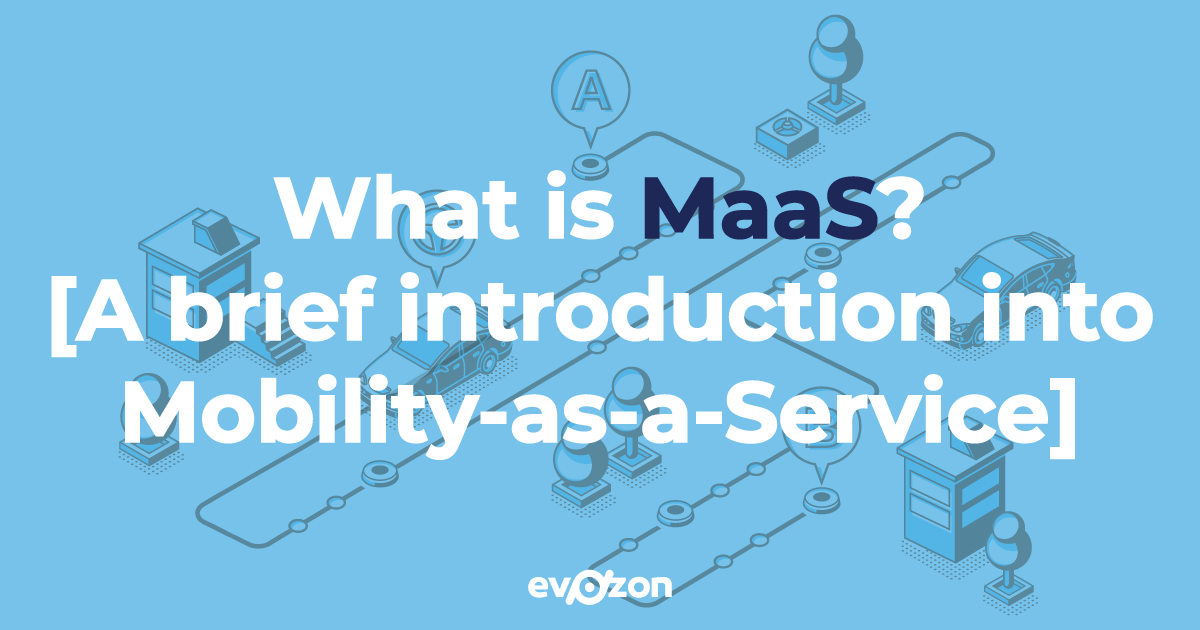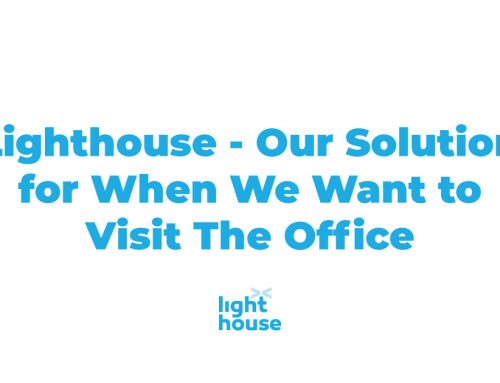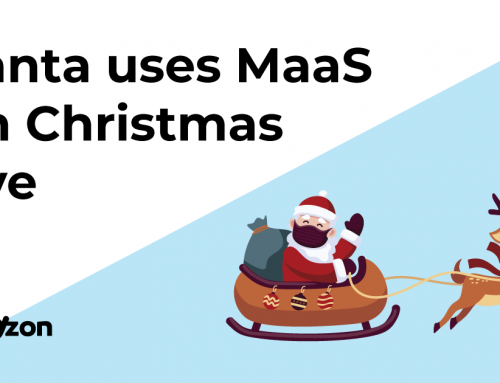People’s transportation preferences are currently shifting to more environmentally friendly ones (check out this Statista forecast on car sharing, this PwC report on shared mobility, and this WEForum article on new bike-sharing trends boosted by the coronavirus outbreak). Therefore, businesses, companies, and public institutions have to find solutions which comply with their audience requirements. MaaS, the floor is yours!
“Mobility as a Service (MaaS) is the integration of various forms of transport services into a single mobility service accessible on demand.”
MaaS Alliance
MaaS is a consumer-centric model
As noted by the MaaS Alliance, Mobility as a Service, also known as MaaS, is a consumer-centric model for people transportation, and it can take various forms, depending on its end goal. For example, public institutions can use MaaS solutions to provide a better travel experience for its citizens regarding public transportation. Corporate fleets can improve the efficiency of their employees, maximize the flexibility of their assets, and reduce costs. Transport tech companies can optimize their routes or improve their on-demand services. This happens becasue the MaaS solution allows them to have better communication with the end-user.
How does it work?
We pointed out that MaaS solutions aim to make public or private transportation more effective, simple, and convenient through end-to-end digital solutions. But how do they do that? They take into consideration the stages of a commuter’s journey, from planning to booking, payments, events that might appear, and so on. They develop a user-friendly platform that integrates solutions to the above-mentioned phases and come to the rescue. Sounds pretty simple, right? Don’t get fooled. Behind it is a complex infrastructure that requires advanced technology and cooperation between all the sides involved, whether we talk about B2B or B2C.
For example, the communication between a company’s assets and its MaaS platform available to the employees is possible through the Internet of Things (IoT) technology and sensors. They allow information such as location, availability, status, and so on to be visible on the platform (if you want to learn more about the IoT technology in MaaS, check out this article by SkedGo). But we’ll dive deeper into this subject in a future article on IoT.
getPony
Okay, okay, enough with the theory. Can we see a practical example of a MaaS solution? Sure thing! Let’s take getPony, a carsharing service based in Cluj-Napoca, Romania, as an example of a MaaS solution. To make getPony function, they needed a platform developed for MaaS solutions, to help them track, control, monitor, and take care of their assets and customers. That’s where we stepped in with Movium, our in-house MaaS platform. Since Movium handles everything, from hardware integrations to custom-made mobile apps and platform developments, getPony had everything arranged by us. They can easily stay in the know about everything happening with their business, assets, and customers, as Movium shows data in real time. Their customers can easily plan, book, and pay for trips through the mobile app.
Final Thoughts
Conclusion? MaaS makes everybody happy! Well, that statement might be a bit far-fetched, but we are 100% sure at least mother nature is happy as she sees us being environmentally friendly.

![Products have personalities, too. [How to make your product stand out]](https://www.evozon.com/wp-content/uploads/2022/09/products-have-personalities-500x383.png)


